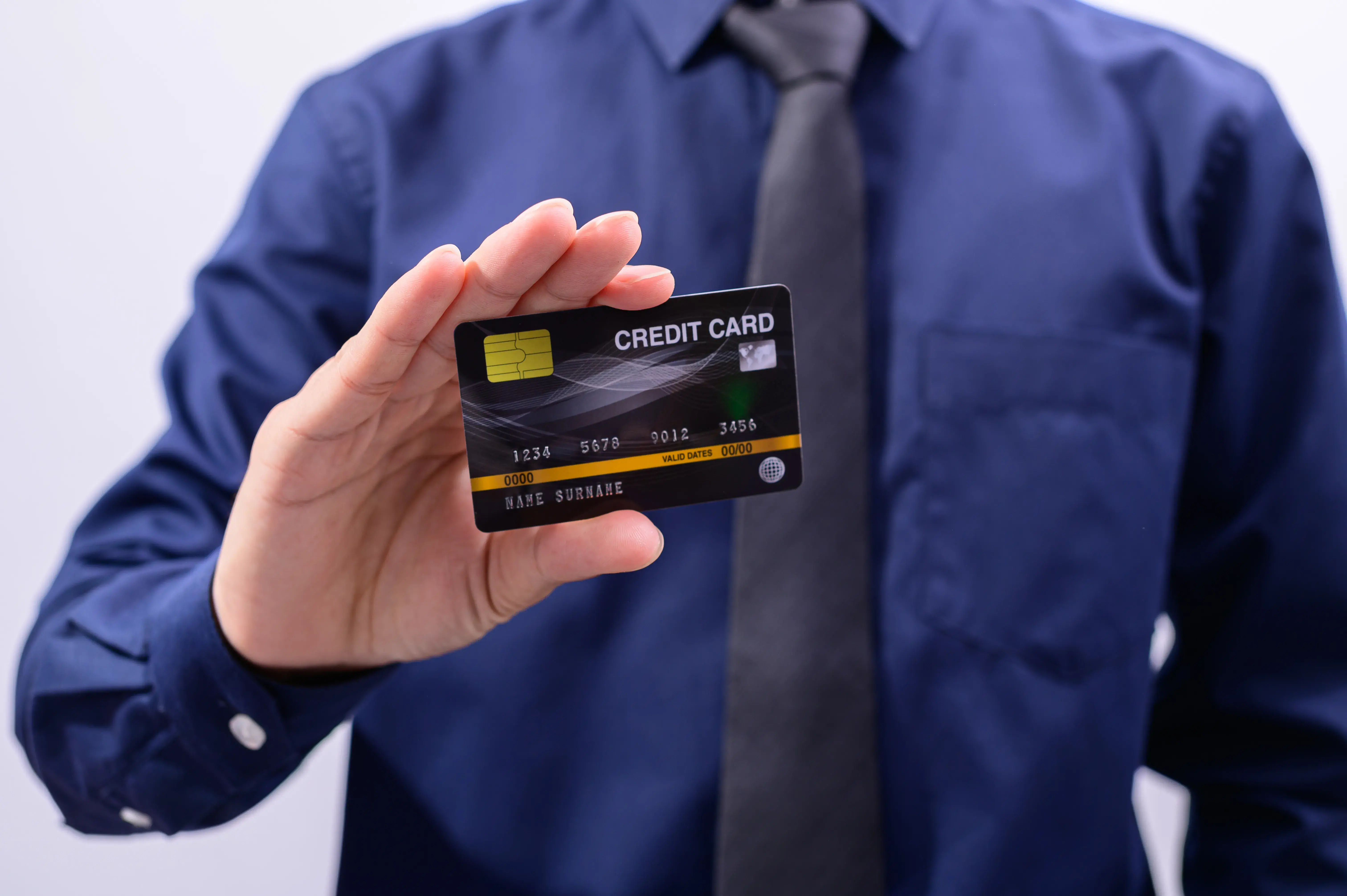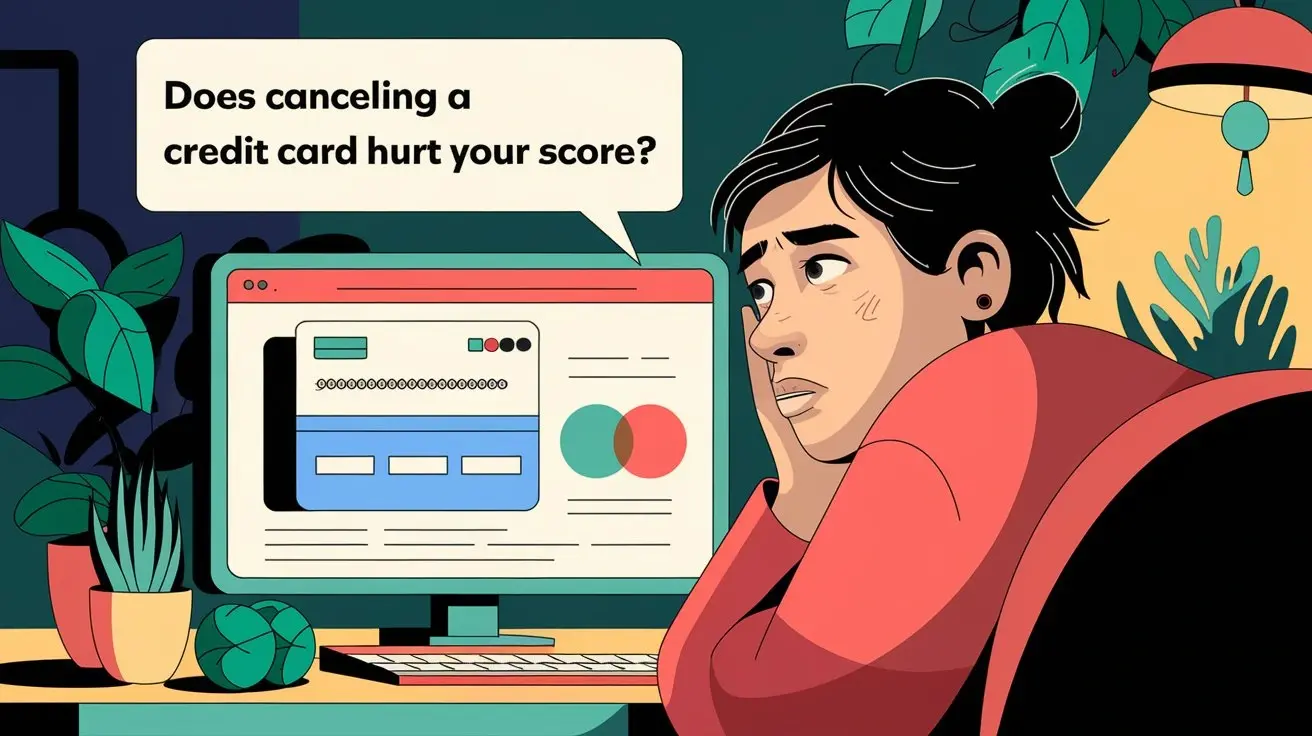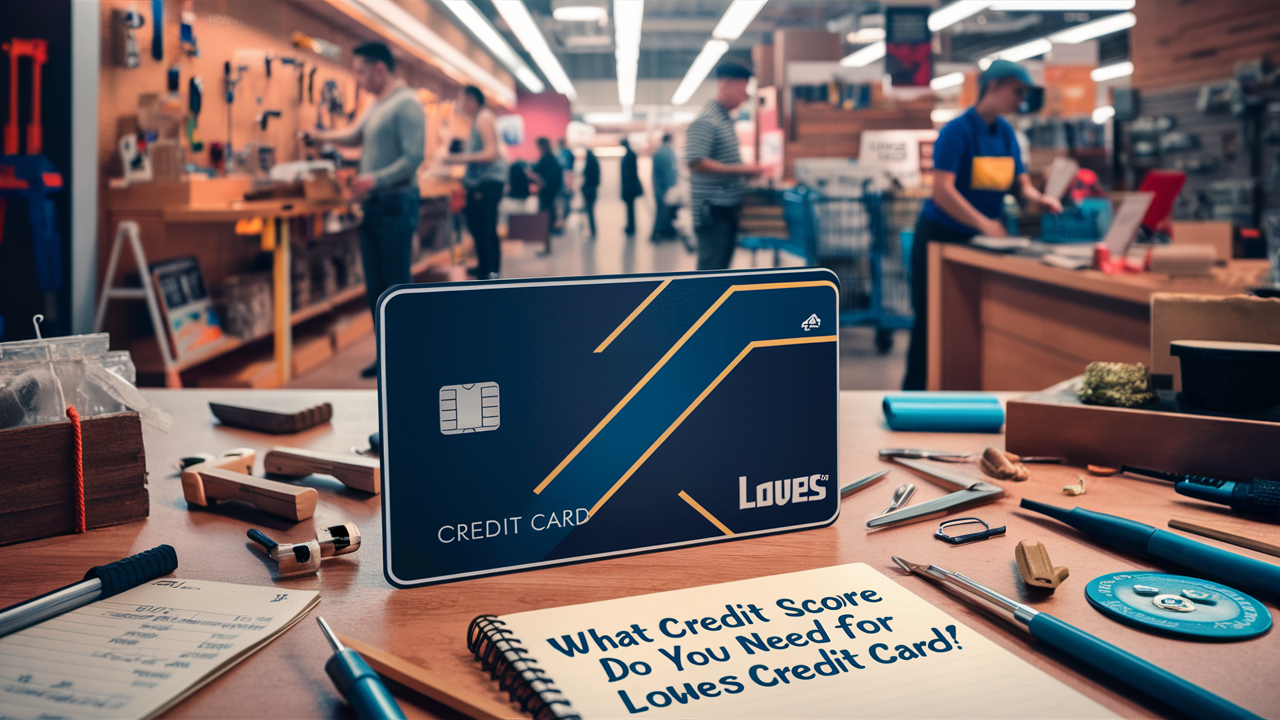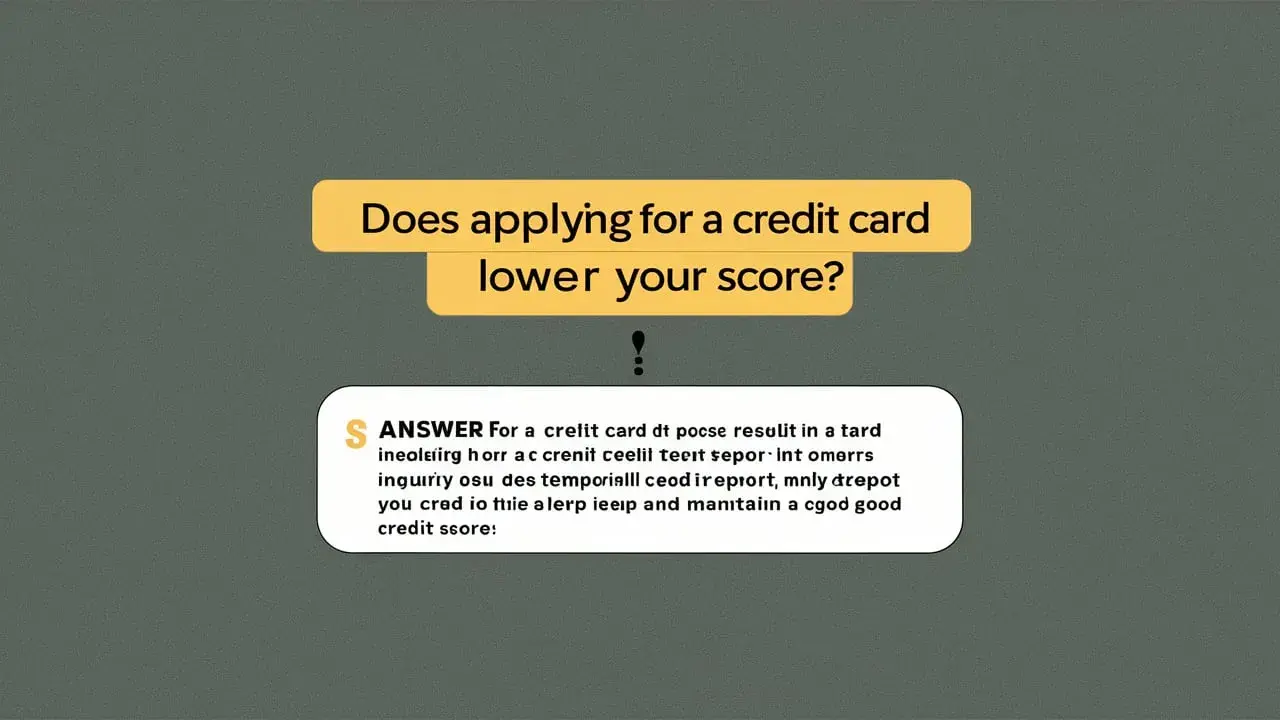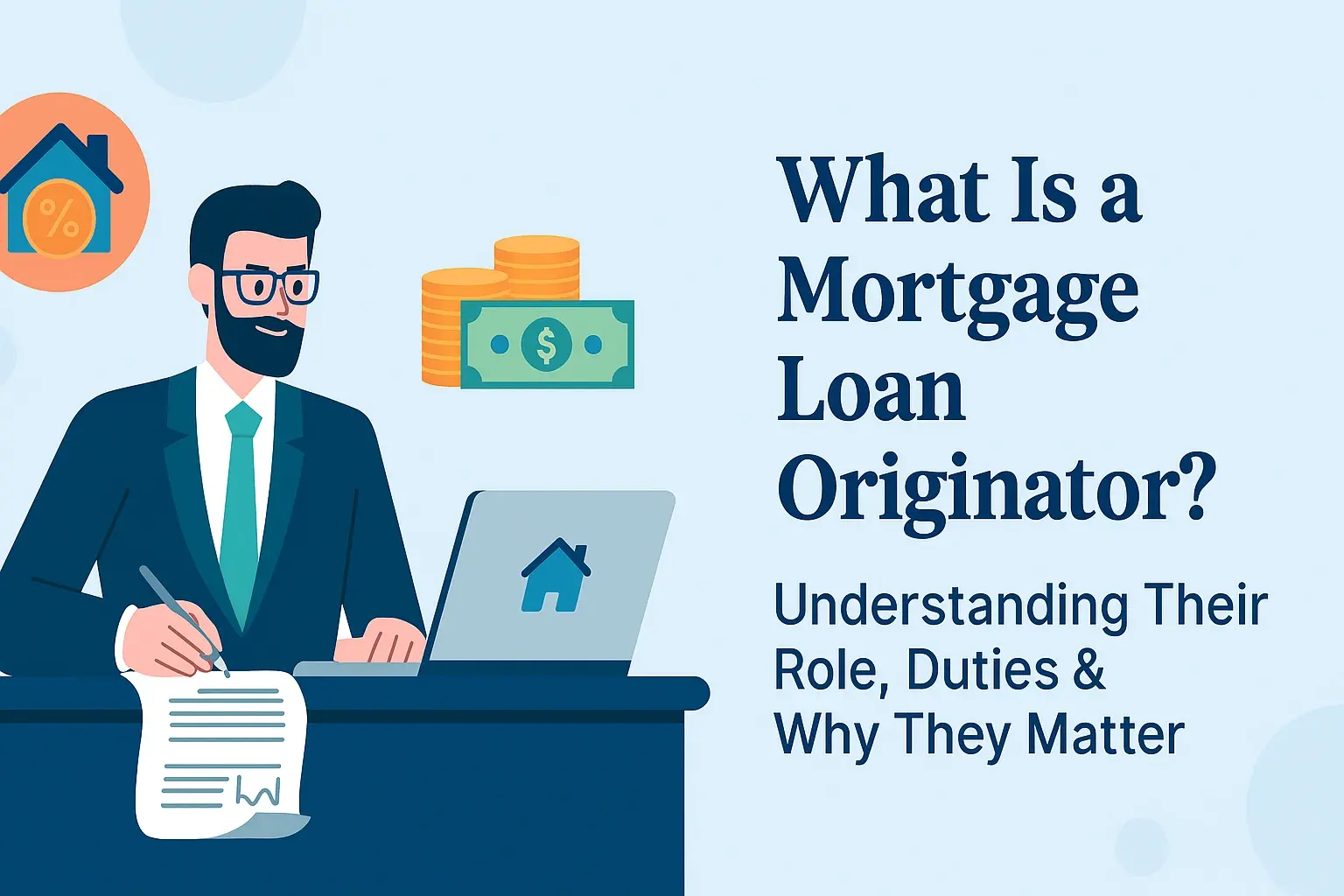-
Posted on: 21 Dec 2022
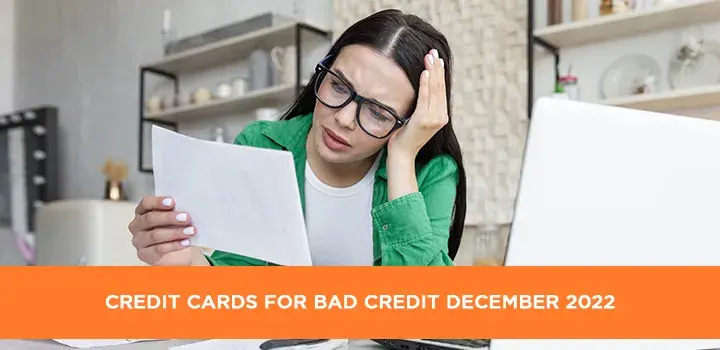
-
Navigating the world of credit cards with a less-than-perfect credit history can feel daunting, especially in late 2022. This guide provides a clear path to finding the best credit cards for bad credit, focusing on rebuilding your financial future with actionable insights and top-tier options available now.
Understanding Credit and Bad Credit
Your credit score is a three-digit number that lenders use to assess your creditworthiness. It's a snapshot of your financial behavior, particularly how you've managed debt in the past. Scores typically range from 300 to 850. A "bad credit" score generally falls below 630, though definitions can vary slightly among credit bureaus and lenders. Factors influencing your credit score include payment history (the most significant factor), credit utilization ratio, length of credit history, credit mix, and new credit inquiries. Understanding these components is the first step toward improving your financial standing.
The Impact of a Bad Credit Score
Having a bad credit score can significantly limit your financial opportunities. It can make it harder to rent an apartment, secure a mortgage or auto loan, and even affect your ability to get certain jobs or lower insurance premiums. Lenders perceive individuals with bad credit as higher risk, which often translates to higher interest rates, larger down payments, or outright denial of credit applications. In December 2022, the economic climate further emphasized the need for a solid credit foundation, making access to credit more challenging for those with lower scores.
What Constitutes "Bad Credit" in 2022?
While the exact thresholds can fluctuate, a FICO score below 630 is widely considered poor or bad credit. Scores between 580 and 629 are often categorized as "fair," and below 580 is typically "poor." VantageScore, another popular scoring model, uses similar ranges. For December 2022, lenders were increasingly cautious, meaning even scores in the "fair" range might face stricter approval criteria for prime credit products. Understanding where you stand is crucial; you can obtain free credit reports annually from each of the three major credit bureaus (Equifax, Experian, and TransUnion) at AnnualCreditReport.com.
Why Credit Cards Matter for Rebuilding Credit
Credit cards, particularly those designed for individuals with bad credit, are powerful tools for financial rehabilitation. When used responsibly, they demonstrate to lenders that you can manage credit effectively. This consistent, positive behavior is key to raising your credit score over time. The ability to make timely payments on a credit card account is reported to credit bureaus, directly impacting your payment history – the most influential factor in your credit score. Furthermore, managing credit utilization effectively can also boost your score.
The Cycle of Credit Improvement
The journey to better credit often involves a cycle: first, you need credit to build credit. For individuals with bad credit, this can seem like a catch-22. However, secured credit cards and unsecured cards for bad credit are specifically designed to break this cycle. By offering a pathway to obtain credit, these cards allow you to start making positive financial moves. Each on-time payment acts as a building block, gradually improving your credit profile and opening doors to better financial products in the future.
Demonstrating Responsible Financial Behavior
Beyond just making payments, responsible credit card usage involves more than simply avoiding late fees. It means keeping your credit utilization low (ideally below 30% of your credit limit), understanding your card's terms and conditions, and avoiding excessive spending that you cannot repay. By consistently demonstrating these behaviors, you build a track record of reliability. This track record is what lenders look for when assessing risk, and it's the foundation for improving your credit score significantly.
Types of Credit Cards for Bad Credit
When searching for credit cards in December 2022 for those with bad credit, understanding the different types available is essential. These cards are tailored to help individuals establish or re-establish credit, often with features that mitigate risk for the issuer while providing a credit-building opportunity for the cardholder.
Secured Credit Cards
Secured credit cards are typically the easiest type of credit card to get approved for when you have bad credit. They require a refundable security deposit, which usually serves as your credit limit. For example, a $300 deposit typically results in a $300 credit limit. This deposit reduces the risk for the issuer, making approval more likely. The primary benefit is that most secured cards report your payment activity to the major credit bureaus, allowing you to build a positive credit history.
How Secured Cards Work
The process is straightforward: you apply, provide a security deposit, and once approved, you receive the card. You can then use it for purchases. It's crucial to treat a secured card like any other credit card: make payments on time and keep balances low. After a period of responsible use (often 6-12 months), many issuers will review your account and may offer to refund your deposit and upgrade you to an unsecured card.
Pros and Cons of Secured Cards
- Pros: High approval rates, helps build credit history, deposit is refundable, often lower annual fees than unsecured bad credit cards.
- Cons: Requires an upfront deposit, credit limit is often low, may have fewer rewards or perks.
Unsecured Credit Cards for Bad Credit
These are credit cards that do not require a security deposit. While they are harder to get approved for than secured cards, they offer more flexibility and often come with slightly better terms. Issuers of these cards take on more risk, so they typically come with higher interest rates and potentially annual fees. However, they are a direct step towards rebuilding credit without the need for a cash deposit.
Features to Expect
Unsecured cards for bad credit often have low credit limits, typically ranging from $300 to $1,000. Annual fees can range from $0 to over $100, and Annual Percentage Rates (APRs) can be quite high, often exceeding 25%. Despite these drawbacks, their primary purpose is credit building, and responsible use will lead to improved creditworthiness.
Examples of Unsecured Cards
While specific card offerings change, common issuers providing unsecured options for bad credit include Capital One (e.g., Capital One QuicksilverOne Cash Rewards), Credit One Bank, and various store-specific cards. It's important to research current offers available in December 2022, as terms and availability can vary.
Credit-Builder Loans
Although not a credit card, credit-builder loans are a valuable alternative or supplement for those looking to improve their credit. These loans are offered by credit unions and some banks. The loan amount is held in an account by the lender and released to you after you've made all the payments. Your on-time payments are reported to credit bureaus, helping to build your credit history.
How They Function
You borrow a small amount (e.g., $500 to $1,000) and make monthly payments over a set term (e.g., 6 to 24 months). The money you pay back, plus interest, is then disbursed to you. This process is designed to build a positive payment history without you having immediate access to a large sum of money, thus reducing risk for the lender.
Key Features to Look For in a Bad Credit Card
When evaluating credit card offers for bad credit in December 2022, it's crucial to look beyond just the approval odds. Several features can significantly impact your ability to rebuild credit effectively and avoid unnecessary costs.
Annual Fees
Many cards designed for bad credit come with annual fees. While some fees might be justified by the card's benefits (like rewards or credit limit increases), it's generally best to avoid them if possible. An annual fee adds to the cost of carrying the card, and for someone rebuilding credit, minimizing expenses is key. Look for cards with no annual fee or a low one. If a card has a fee, ensure the benefits outweigh the cost.
Interest Rates (APRs)
Cards for bad credit almost invariably have high APRs. This means carrying a balance can become very expensive very quickly. The goal should always be to pay your balance in full each month to avoid interest charges. However, if you anticipate needing to carry a balance occasionally, understanding the APR is critical. Compare rates between different cards, but remember that your primary focus should be on building credit, not carrying debt on a high-interest card.
Credit Limit
While a higher credit limit might seem appealing, for rebuilding credit, a modest limit is often sufficient. For secured cards, the limit is tied to your deposit. For unsecured cards, limits can range from $300 to $1,000. A lower limit can help you manage your credit utilization ratio more effectively, which is beneficial for your credit score. Aim to keep your utilization below 30% of your available credit.
Reporting to Credit Bureaus
This is perhaps the most critical feature. Any credit card you choose *must* report your payment activity to all three major credit bureaus: Equifax, Experian, and TransUnion. If a card doesn't report, it won't help you build credit. Most reputable secured and unsecured cards for bad credit do report, but it's always wise to confirm this in the card's terms and conditions or by asking the issuer.
Rewards and Perks
While rewards programs (like cashback or points) are less common on cards for bad credit, some offer them. For example, the Capital One QuicksilverOne card offers 1.5% cashback on every purchase. If you can find a card with decent rewards that also helps you build credit, it's a bonus. However, don't let rewards be the primary deciding factor. Prioritize credit building and low costs over rewards.
Secured vs. Unsecured Benefits
Secured cards offer a lower barrier to entry due to the deposit, making them ideal for those with very poor credit. Unsecured cards, while harder to get, offer the benefit of not requiring a deposit. Consider your current credit standing when choosing between the two. If you're unsure, starting with a secured card is often the most practical approach.
Top Credit Cards for Bad Credit: December 2022 Selections
Finding the right credit card for bad credit in December 2022 requires careful consideration of available options. The following are highly regarded choices that balance accessibility with credit-building potential. Remember that specific offers and terms can change, so always verify details directly with the issuer.
1. Discover it Secured Credit Card
The Discover it Secured card is a top-tier option for rebuilding credit. It offers a competitive APR and, importantly, allows for potential credit limit increases with responsible use. It also offers rewards, which is rare for secured cards.
- Security Deposit: Starts at $200, can be higher.
- Credit Limit: Equal to your security deposit.
- APR: Variable APR, check Discover's site for current rates.
- Annual Fee: $0.
- Rewards: 2% cashback at gas stations and restaurants (on up to $1,000 in combined purchases each quarter), plus 1% on all other purchases. Unlimited 2x cashback match on all rewards earned in your first year.
- Key Benefit: Reports to all three credit bureaus, potential for automatic credit line increases, and rewards program.
2. Capital One QuicksilverOne Cash Rewards Credit Card
This unsecured card is designed for individuals with limited credit history or those looking to rebuild their credit. It offers a straightforward cashback rewards program.
- Credit Limit: Typically starts around $300.
- APR: Variable APR, check Capital One's site for current rates.
- Annual Fee: $39.
- Rewards: 1.5% cashback on every purchase.
- Key Benefit: Reports to all three credit bureaus, earns rewards, and offers a path to upgrade to other Capital One cards with better terms over time.
3. OpenSky Secured Visa Credit Card
The OpenSky Secured Visa is notable for not requiring a credit check to apply, making it accessible for those with very poor credit or no credit history. It functions as a standard secured card.
- Security Deposit: $200 to $3,000.
- Credit Limit: Equal to your security deposit.
- APR: Variable APR, check OpenSky's site for current rates.
- Annual Fee: $35.
- Rewards: None.
- Key Benefit: Reports to all three credit bureaus, no credit check required for approval, making it a strong option for those who might be denied elsewhere.
4. Credit One Bank Unsecured Credit Card
Credit One Bank offers several unsecured cards that cater to individuals with bad credit. They often come with a small credit limit and a modest annual fee, but they report to the credit bureaus.
- Credit Limit: Varies, often starting low.
- APR: Variable APR, check Credit One Bank's site for current rates.
- Annual Fee: Varies by card and creditworthiness, can be $0 to $75+.
- Rewards: Some cards offer cashback rewards.
- Key Benefit: Unsecured, reports to credit bureaus, and some offer rewards. Be sure to compare specific Credit One Bank card offers.
5. First Access Secured Credit Card
This is another solid secured card option that focuses on credit building. It requires a security deposit and reports to the credit bureaus.
- Security Deposit: $200 to $1,000.
- Credit Limit: Equal to your security deposit.
- APR: Variable APR, check First Access's site for current rates.
- Annual Fee: $49.
- Rewards: None.
- Key Benefit: Reports to credit bureaus, helps establish credit history. The annual fee is a factor to consider.
Disclaimer: Information on credit cards, including fees, APRs, and rewards, is subject to change. Always review the issuer's official website for the most current and accurate details before applying.
The Application Process: Tips for Success
Applying for a credit card when you have bad credit can be nerve-wracking, but a strategic approach can significantly increase your chances of approval. By understanding what issuers are looking for and preparing accordingly, you can navigate the process more smoothly.
1. Check Your Credit Score and Report
Before you apply, know where you stand. Obtain your credit reports from Equifax, Experian, and TransUnion. Review them for any errors that might be dragging down your score. Correcting errors can sometimes lead to an immediate score improvement. Understanding your score range (e.g., below 580, 580-629) will help you target the right types of cards.
2. Choose the Right Card Type
Based on your credit score, decide whether a secured card or an unsecured card for bad credit is more appropriate. If your score is very low, a secured card is likely your best bet. If you have a fair credit score (around 580-629), you might qualify for an unsecured card. Consider credit-builder loans as well if card options are limited.
3. Research Issuers and Card Terms
Don't apply blindly. Use the information above and conduct your own research on current offers for December 2022. Pay close attention to annual fees, APRs, credit limits, and whether the card reports to all three credit bureaus. Read reviews from other users.
4. Gather Necessary Information
When you apply, you'll typically need to provide personal information such as your Social Security number, date of birth, address, employment status, and income. Having this information readily available will speed up the application process.
5. Be Honest and Accurate
Ensure all information provided on your application is truthful and accurate. Inaccuracies can lead to immediate denial or even more serious consequences later on.
6. Understand Pre-Qualification Tools
Some issuers offer pre-qualification tools that allow you to see if you're likely to be approved without a hard credit inquiry. While not a guarantee of approval, these tools can help you narrow down your options and avoid unnecessary hard pulls on your credit report.
7. Prepare for Potential Rejection
If your application is denied, don't get discouraged. Review the denial letter for reasons why. Use this feedback to improve your creditworthiness before reapplying or trying a different card. Sometimes, a brief period of responsible financial behavior can make a difference.
Responsible Usage: Strategies for Building Positive Credit
Getting approved for a credit card for bad credit is only the first step. The real work of rebuilding your credit begins with responsible usage. This involves consistent habits that demonstrate to lenders that you are a reliable borrower.
1. Pay Your Bills On Time, Every Time
Payment history is the single most significant factor in your credit score. Make it a priority to pay at least the minimum amount due by the due date for every billing cycle. Setting up automatic payments can help ensure you never miss a deadline. Even one late payment can significantly damage your score.
2. Keep Your Credit Utilization Low
Credit utilization is the amount of credit you're using compared to your total available credit. Experts recommend keeping this ratio below 30%, and ideally below 10%, for the best impact on your score. For example, if your credit limit is $500, try to keep your balance below $150.
Example of Credit Utilization
If you have a card with a $500 limit and you spend $200 on it, your utilization is 40% ($200/$500). If you spend $100, your utilization is 20% ($100/$500). Lower utilization is better. Paying down your balance before the statement closing date can also help report a lower utilization to the credit bureaus.
3. Avoid Maxing Out Your Card
Related to credit utilization, never spend up to your credit limit. Maxing out a card signals to lenders that you are overextended and potentially a higher risk. This can negatively impact your credit score, even if you make all your payments on time.
4. Monitor Your Statements
Regularly review your credit card statements for accuracy. Check for any unauthorized charges or billing errors. Report any discrepancies to your card issuer immediately.
5. Understand Your Card's Terms
Be aware of your card's APR, fees (annual, late, over-limit), grace period, and any other important terms and conditions. This knowledge helps you avoid costly mistakes.
6. Consider Gradual Increases in Credit Limit
As you demonstrate responsible usage, your issuer may offer credit limit increases. While tempting to spend more, remember to maintain low utilization. A higher credit limit, when used wisely, can actually improve your credit utilization ratio.
7. Aim to Pay More Than the Minimum
While paying the minimum is essential to avoid late fees, paying more than the minimum, or ideally the full statement balance, helps you pay down debt faster and reduces the amount of interest you accrue. This is especially important given the high APRs on cards for bad credit.
Avoiding Common Pitfalls
The path to rebuilding credit can be fraught with challenges. Being aware of common pitfalls can help you steer clear of them and maintain steady progress toward a healthier credit profile.
1. Falling for "Guaranteed Approval" Scams
Be wary of any credit card offer that guarantees approval regardless of your credit history. These are often scams designed to take your money through exorbitant fees with no actual credit-building benefit. Legitimate cards for bad credit may have high approval rates but rarely guarantee approval.
2. Applying for Too Many Cards at Once
Each credit card application typically results in a "hard inquiry" on your credit report, which can slightly lower your score. Applying for multiple cards in a short period can signal desperation to lenders and negatively impact your credit. Focus on one or two suitable cards and give them time to work.
3. Ignoring Fees
Annual fees, processing fees, and late payment fees can add up quickly, especially on cards for bad credit. Always read the fine print and understand all associated costs. If a card's fees outweigh its benefits for credit building, look for alternatives.
4. Carrying High Balances
As mentioned, high credit utilization is detrimental to your score. If you find yourself consistently carrying a large balance, it's a sign that you may be spending more than you can afford to repay, which is a red flag for lenders.
5. Not Reporting to Credit Bureaus
Some "prepaid" or "secured" cards might not report to the major credit bureaus. Ensure any card you get explicitly states that it reports to Equifax, Experian, and TransUnion. If it doesn't, it's not helping you build credit.
6. Focusing Solely on Getting a Card, Not Using It Wisely
Approval is just the beginning. The true benefit comes from consistent, responsible use. If you get a card and then don't use it or use it irresponsibly, you won't see any improvement in your credit score.
7. Believing Credit Repair is Instantaneous
Rebuilding credit takes time and consistent effort. It's a marathon, not a sprint. You won't see significant changes overnight. Stick to your responsible habits, and your score will gradually improve over months and years.
Planning for a Brighter Credit Future
The credit cards you choose in December 2022 are stepping stones. The ultimate goal is to graduate to better credit products with lower interest rates, higher limits, and more rewards. This transition requires a long-term perspective and continued responsible financial behavior.
1. Graduating to Better Cards
After 6-18 months of responsible use with a secured or basic unsecured card, your credit score should improve. This improved score will make you eligible for better cards, such as rewards credit cards with no annual fees or lower APRs. Look for opportunities to upgrade your existing card or apply for a new, more beneficial one.
2. Consolidating Debt (When Appropriate)
If you've accumulated debt on high-interest cards, consider balance transfer cards or personal loans with lower APRs once your credit improves. This can help you pay off debt more efficiently and reduce interest costs.
3. Building an Emergency Fund
A strong credit history is important, but so is financial stability. Building an emergency fund can prevent you from relying on credit cards for unexpected expenses, thus helping you maintain low credit utilization and avoid debt.
4. Diversifying Your Credit Mix
Over time, having a mix of credit types (e.g., credit cards, installment loans like a mortgage or auto loan) can benefit your credit score. However, only take on new credit if you can manage it responsibly.
5. Continuous Monitoring
Regularly check your credit reports and scores. This allows you to track your progress, identify any new issues, and ensure your efforts are paying off. Many credit card issuers offer free credit score monitoring services to their cardholders.
6. Setting Long-Term Financial Goals
Whether it's buying a home, a car, or simply achieving financial freedom, having clear goals can provide motivation to maintain good credit habits. Your credit score is a critical component of achieving many of these milestones.
By strategically selecting and responsibly using credit cards for bad credit in December 2022, you are actively investing in your financial future. The journey requires patience and discipline, but the rewards of improved creditworthiness, greater financial flexibility, and peace of mind are well worth the effort. Start today by understanding your options, applying wisely, and committing to positive financial habits.

